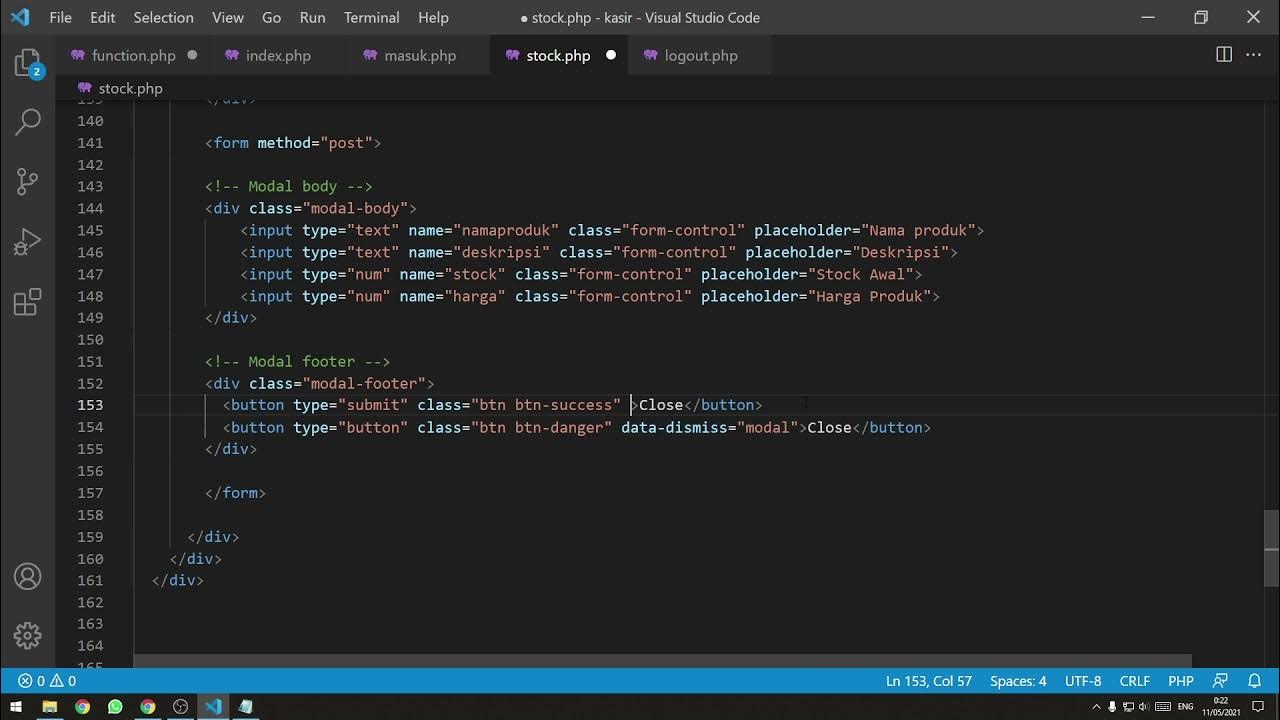Creating REST API using Spring Boot in Hindi | A Step-by-Step Tutorial
Summary
TLDRThis video tutorial covers the process of creating and managing a basic REST API with CRUD operations. It demonstrates handling path variables, using HTTP methods (GET, POST, PUT, DELETE), and explains how to work with in-memory data instead of a database. The speaker walks through the implementation of each operation, including how to correctly define endpoints, troubleshoot errors, and test the API using Postman. A key focus is on updating and deleting records and ensuring proper endpoint setup for smooth API functionality.
Takeaways
- 😀 Understand the use of path variables and how they are used to pass IDs in API requests, making endpoints dynamic.
- 😀 Learn how to implement a basic CRUD API using Spring, which includes Create, Read, Update, and Delete operations.
- 😀 Discover the importance of unique endpoint mappings for different HTTP methods (GET, POST, DELETE, PUT) in a RESTful API.
- 😀 Get familiar with the syntax used for defining variables like 'myID' in the backend and how they interact with requests.
- 😀 See how the GET method retrieves data, such as journal entries, using the provided ID in the path variable.
- 😀 Understand how to delete a journal entry by its ID using the DELETE method and ensure proper API endpoint mapping.
- 😀 Learn how to update a resource (journal entry) using the PUT method and pass updated data via the request body.
- 😀 Explore the concept of returning a response after a DELETE or PUT operation, showing the updated or removed data.
- 😀 Gain insight into testing API operations using Postman, verifying that the correct data is being returned and modified.
- 😀 Notice the importance of having correct endpoint paths and matching HTTP methods to avoid errors, especially when updating or deleting resources.
Q & A
What is the purpose of the 'myId' variable in the code?
-The 'myId' variable is used to store an identifier for an entry in the application. It's defined as a variable and can hold any value, allowing flexibility in assigning different IDs for various entries.
Why is the 'path variable' mentioned in the script important for request handling?
-The 'path variable' is crucial for capturing dynamic data from the URL. It allows the API to retrieve or modify specific entries based on the ID provided in the URL, enabling dynamic interaction with the application.
How does the GET method work in this script?
-The GET method retrieves the details of an entry based on the ID passed as a path variable. When a request is made to the API with a specific ID, the API looks for the corresponding entry and returns its data.
What happens when the 'POST' method is used in the application?
-The 'POST' method is used to create a new entry in the system. It receives data through the request body and stores it, returning the newly created entry.
What is the difference between 'PUT' and 'POST' methods in the context of the script?
-'PUT' is used to update an existing entry, while 'POST' is used to create a new entry. The PUT method requires the entry's ID to update the specific data, while POST creates a fresh entry without any prior ID requirement.
Why is the 'DELETE' method needed in the application?
-The 'DELETE' method is used to remove an existing entry based on its ID. When invoked, it deletes the specific entry from the system, ensuring that unwanted or obsolete entries are removed.
What kind of error did the speaker encounter while using the 'PUT' method?
-The speaker encountered an error where the 'PUT' request was not properly mapped to the correct endpoint, resulting in a 'Method Not Allowed' error. This was resolved by correcting the endpoint mappings and ensuring the method was properly configured.
Why was the 'DELETE' method's endpoint mapping discussed?
-The endpoint mapping for 'DELETE' was discussed because the speaker highlighted how endpoints for different HTTP methods (GET, POST, DELETE) must be distinct. If the endpoints are not uniquely mapped, it could lead to conflicts and errors in handling requests.
What role does Postman play in this tutorial?
-Postman is used to test the various API endpoints (GET, POST, PUT, DELETE). It allows the speaker to simulate real HTTP requests and verify that the application is handling requests correctly, making it an essential tool for API testing.
What did the speaker mean by 'there's no actual database used in this example'?
-The speaker is referring to the fact that the application is not connected to a real database. Instead, the data is stored in memory, meaning it's temporary and not persistent between application restarts.
Outlines

このセクションは有料ユーザー限定です。 アクセスするには、アップグレードをお願いします。
今すぐアップグレードMindmap

このセクションは有料ユーザー限定です。 アクセスするには、アップグレードをお願いします。
今すぐアップグレードKeywords

このセクションは有料ユーザー限定です。 アクセスするには、アップグレードをお願いします。
今すぐアップグレードHighlights

このセクションは有料ユーザー限定です。 アクセスするには、アップグレードをお願いします。
今すぐアップグレードTranscripts

このセクションは有料ユーザー限定です。 アクセスするには、アップグレードをお願いします。
今すぐアップグレード関連動画をさらに表示

Larvel 9: Buat REST Api CRUD dalam 8 menit

Membuat CRUD Buku | Soal UKK RPL 2024 - Aplikasi Perpustakaan Digital (Part 5)

Connect a PostgreSQL database to a Spring Boot Application Tutorial

Difference Between REST API vs Web API vs SOAP API Explained

Python Django Explained In 8 Minutes

[Part 3] Tutorial Aplikasi Kasir / Penjualan Berbasis Web PHP Native - Insert Data + Looping
5.0 / 5 (0 votes)
